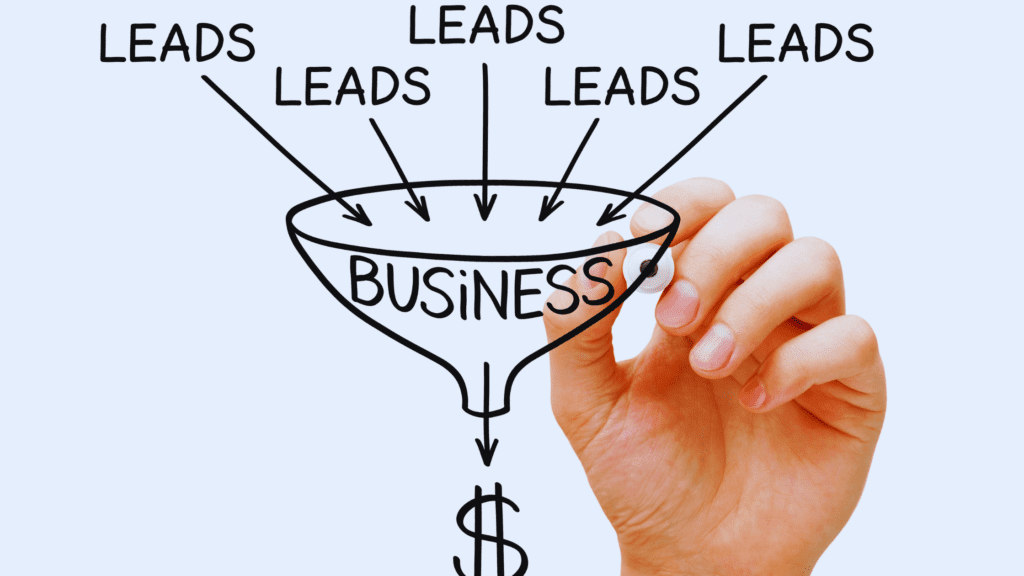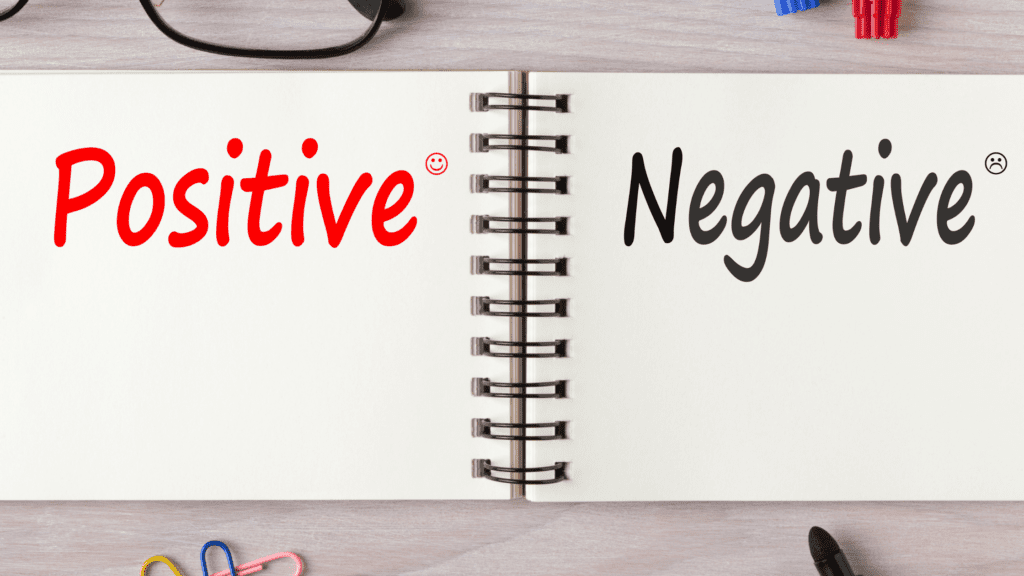Lead scoring is a way of using data to qualify your leads so that your sales team knows which ones are cold, lukewarm, or hot. By scoring leads based on who your contacts are and what they do, you can filter out the contacts that are ready to talk business.
In this article, I’ll go through different types of lead scoring and give you tips on identifying your next customer.
What Is Lead Scoring?

Lead scoring is a relatively simple concept. It is a points system that helps you focus on the prospects and leads who will most likely want to do business with you.
Each visitor gets points based on their behavior e.g., the type of content the visitor engages with, or the information entered into a form.
The more points the visitor collects, the higher the lead score. When the contact reaches a certain level, the person is considered qualified, and the sales team is involved.
Benefits Of Scoring Leads
- Opportunity to identify leads based on their commitment
- Makes the number of leads measurable (qualified leads are often a variable that the marketing team is measured against)
- Automates the process
Example (points after each action)
- A visitor comes to your site +2
- Reads a blog article on a specific topic +5
- Signs up for a webinar + 10
- Participates in the webinar + 15
- Opens the thank you email after the webinar +5
- Visits the contact page + 20.
The person has then reached 57 points. If we assume that the marketing automation tool is set to qualify the lead at 55 points, the sales team would in theory receive a notice for this contact now.
Drawbacks Of Scoring Leads
- Says very little about the person’s intention or the level of interest
- Risks missing important leads due to the person not performing an action you could have foreseen
- Difficult to set up because the purchase price can be different for each person
Example: The person in the example above comes from a company that is your dream customer but misses your webinar. Therefore, the person does not get the points that are “required” for the lead to be considered interesting.
Consequently, you miss the deal because you rely on what is being clicked and how much time is spent at each point of the customer journey. The method does not take into account who they are, which is hard to integrate into the process.
How To Lead Score

How the points system is used varies between different companies, but the model is basically the same. A good start is to divide the score into two criteria: static and dynamic.
The static criteria to score leads include all permanent information such as name, company name, email address, role, region, etc. The more the visitor matches against your ideal customer or persona, the higher the points awarded.
Some marketing automation systems, such as HubSpot, make the job easier.
When the visitor enters the business e-mail address in the form, the lead scoring platform knows which domain the e-mail address is associated with.
The system then finds out the following information:
- which company owns the domain
- number of employees
- type of industry in which the lead operates in
- sales volume
Then the system can score that data and send a notice directly to the sales team because the visitor matches your ideal customer profile.
You can also set up rules to check whether the visitor or contact matches any previously identified companies. This helps to draw attention to leads that come in without having to set requirements for what they should do on the page.
Static Criteria
For scoring leads, static criteria can be quite important. Examples of such criteria include:
- Role: By identifying whether your visitor has a decision-making role or not, you can prioritize the lead through smart scoring. If the visitor is in a managerial position, the person should perhaps get more points than someone who is a student. If you prefer to engage with someone having administrative privileges or working in the middle management, give these roles higher scores instead. It’s all about what your ideal lead looks like.
- Location: Are there certain countries or areas you are more focussed on? Then score these in order of priority. The more interesting the region is for your business, the higher points you can give.
- Industry: Are you targeting a specific industry? Or are there certain industries you do not want to work for? Grade the best industries so that your system can help you prioritize the different types of leads.
- The company’s size and turnover: This is often a deciding factor in determining the leads you want to prioritize for your sales team. A very interested buyer from a large company perhaps should get more points than one from a small one-person company even though they work in the same industry.
Dynamic Criteria
Lead scoring, however, mostly consists of dynamic criteria – i.e., criteria that change based on the visitor’s behavior. Examples of such criteria are:
- Visited pages: If a visitor looks at a page on your website that characterizes an interest in becoming a customer. For e.g., if someone looks at your price list or contact page, you can score this event as an indication of showing buying interest. Some actions like this should also trigger a flow that notifies your sales team immediately.
- Downloads: Each time a lead downloads something, you can score it accordingly. Give more points if the lead takes it further in the decision-making process. Also, score the content differently and base your points system on how interested the contact is in completing a purchase. For example, downloading a reference list or case study is more valuable than a generic e-book on a particular topic.
- Commitment: Clicking and opening your e-mails shows that the contact is interested in your company. Similarly, it is valuable when someone interacts with your posts on social media by liking or sharing them. Feel free to increase the score if this happens repeatedly.
Negative Lead Scoring

Besides adding points, you can also set negative points that allow you to simply lower the contact person’s lead score based on the behavior or information you have found out.
These could be people who are outside your area of operation or leads that work for a company that is too small to benefit from your products or services. It may also be the case that the contact works for a competitor, is a student, or is employed by your company.
In your marketing automation system, you can set up notifications for your sales team when a lead has reached a certain number of points. You can also get notifications when a lead completes a sales-qualified action such as visiting a price list or filling out a form on the contact page.
Other Uses Of Lead Scoring
Some information can simply not be collected via the web. But maybe it’s information you found out through other means.
Did the person leave a message on your answering machine? Did you hear a contact talking to someone else at your company? You may find out that they have purchased a system that allows them to benefit from your services.
Then enter this manually into your CRM or use the functions of your CRM to log this information. Let these activities also play a role in the predictive lead scoring process.
Conclusion
So is lead scoring effective in identifying potential buyers?
Lead scoring is one of the best practices to qualify leads. It has been one of the most well-known methods of measuring a contact’s commitment.
It should be noted that the method is for distinguishing hot or lukewarm leads from cold ones and is therefore suitable for companies that have a large proportion of incoming leads where there is a clear need for automatic qualification.
Just because it is possible to qualify the lead through scoring, it does not mean that it is the best or the only method to qualify your leads.
Companies often miss leads that are interested because of pre-established rules that do not detect them.
The buying journey is also becoming increasingly customized and complex which makes it even more difficult to qualify leads solely through lead scoring. It is also a challenge to find out if the lead that was collected, completed the desired action through interest or pure browsing habit.
The model as such is quite interesting but may not be sustainable over time. However, it is useful for the following cases:
- Identifying target accounts based on size, company, location, industry, etc.
- Identifying buying signals (visiting a contact page, price lists, or downloading a customer case study)
